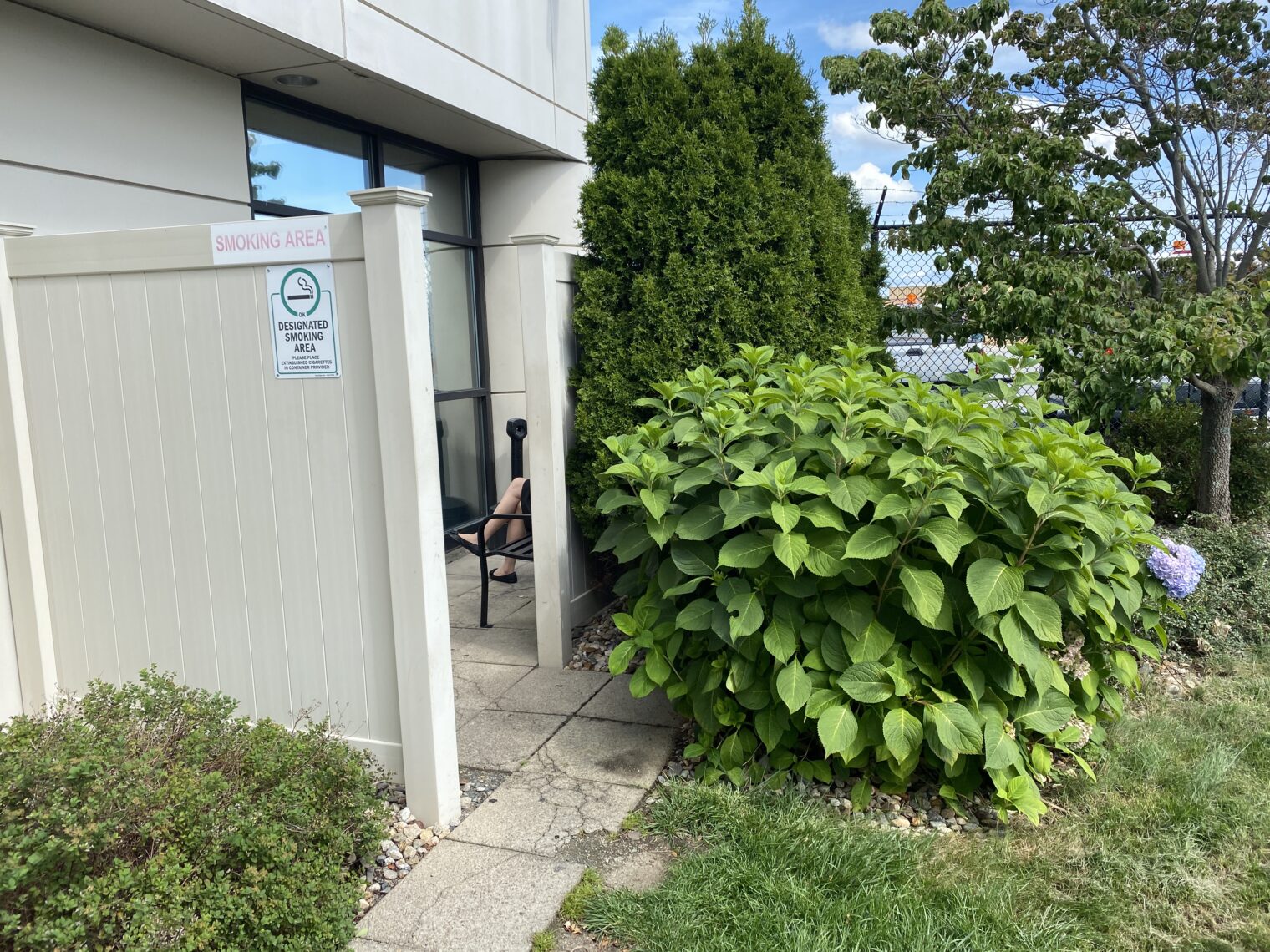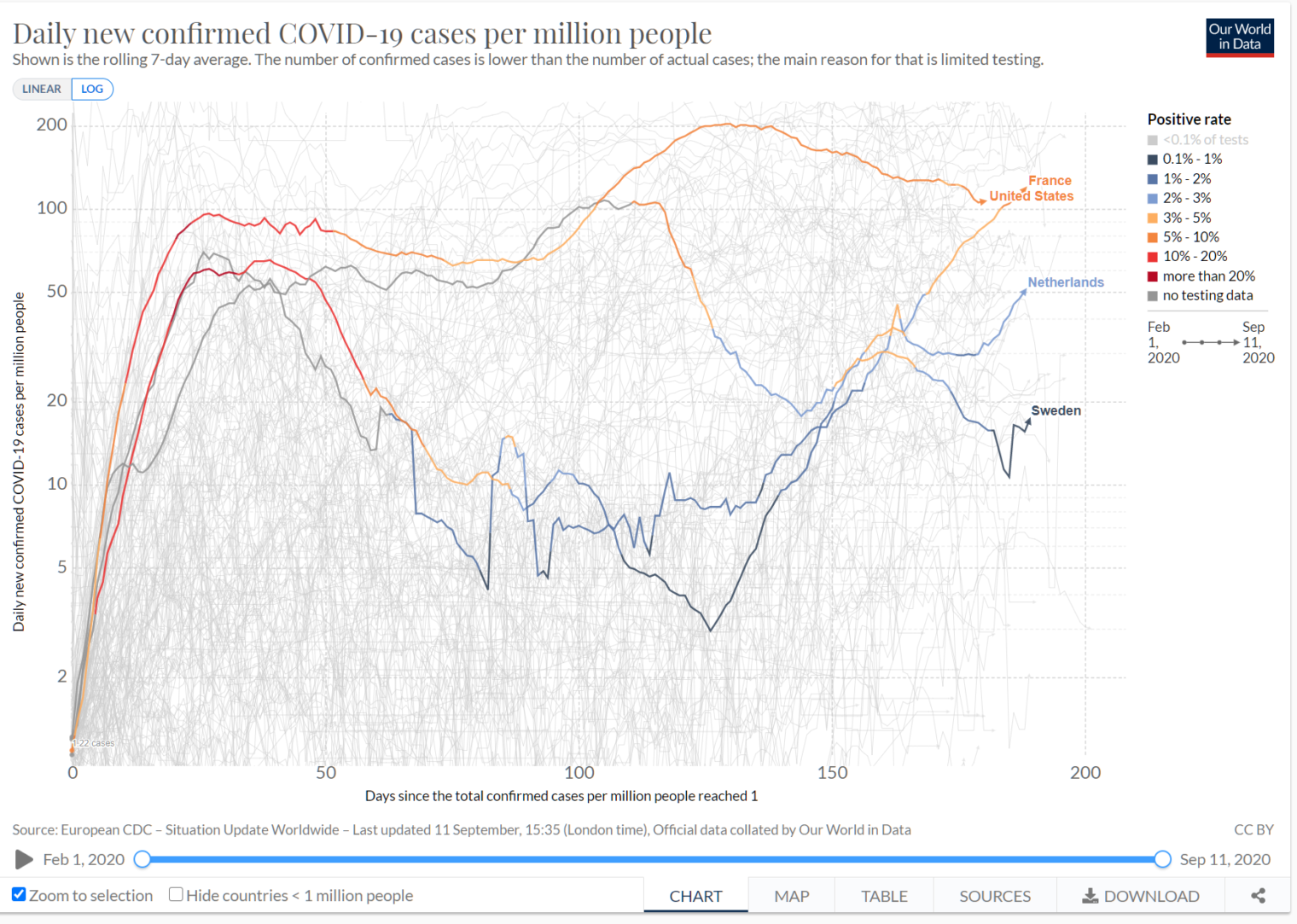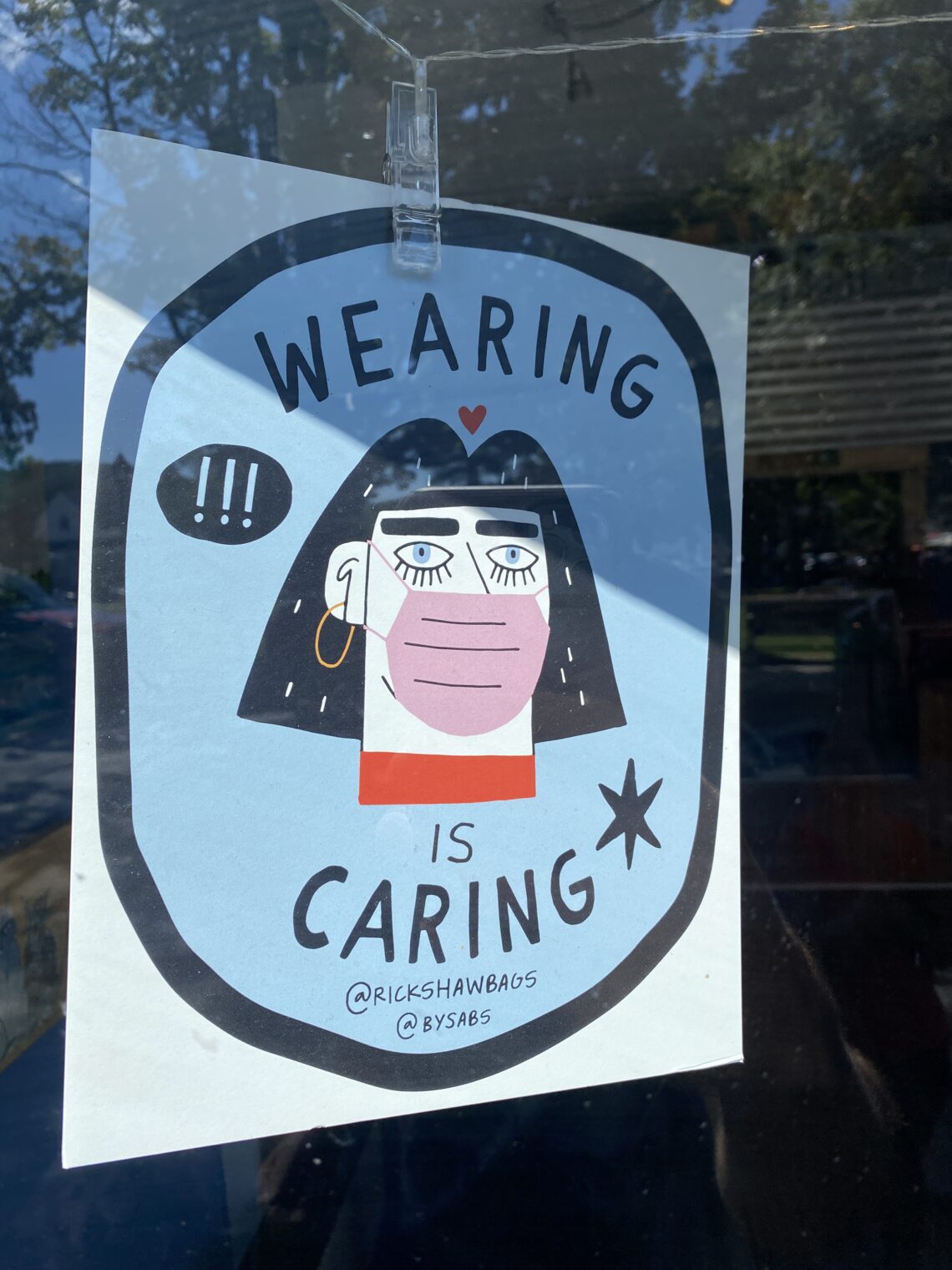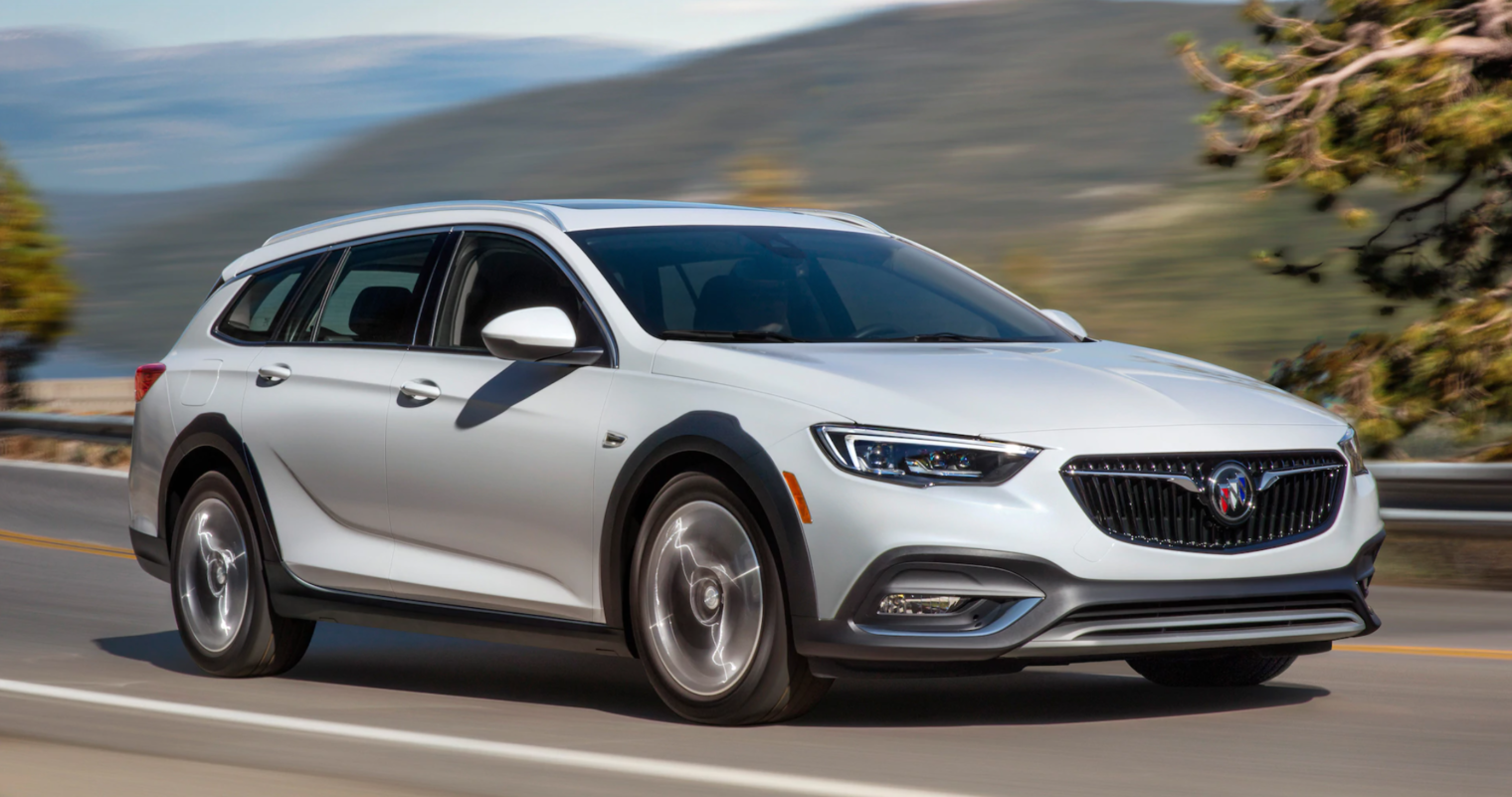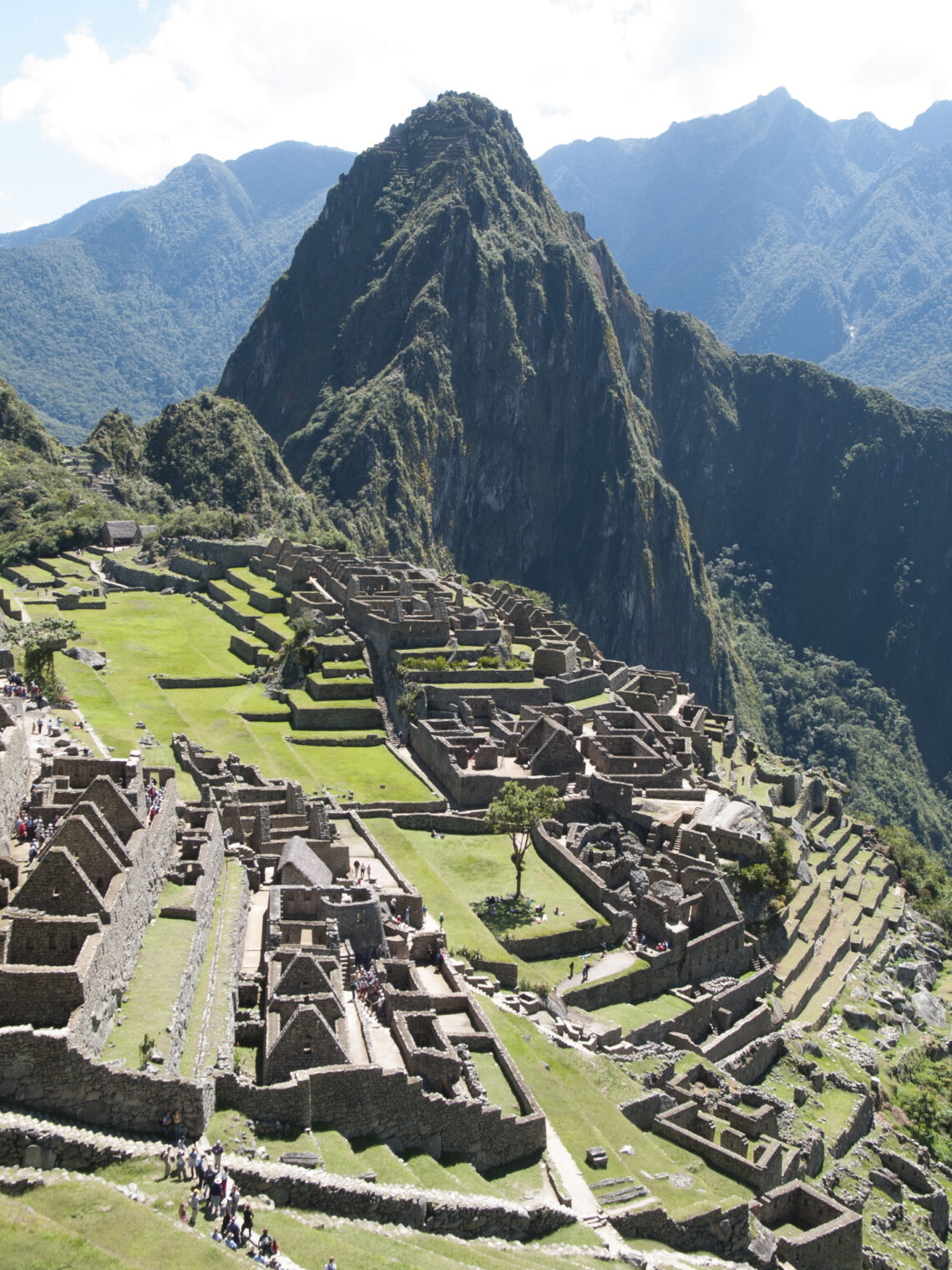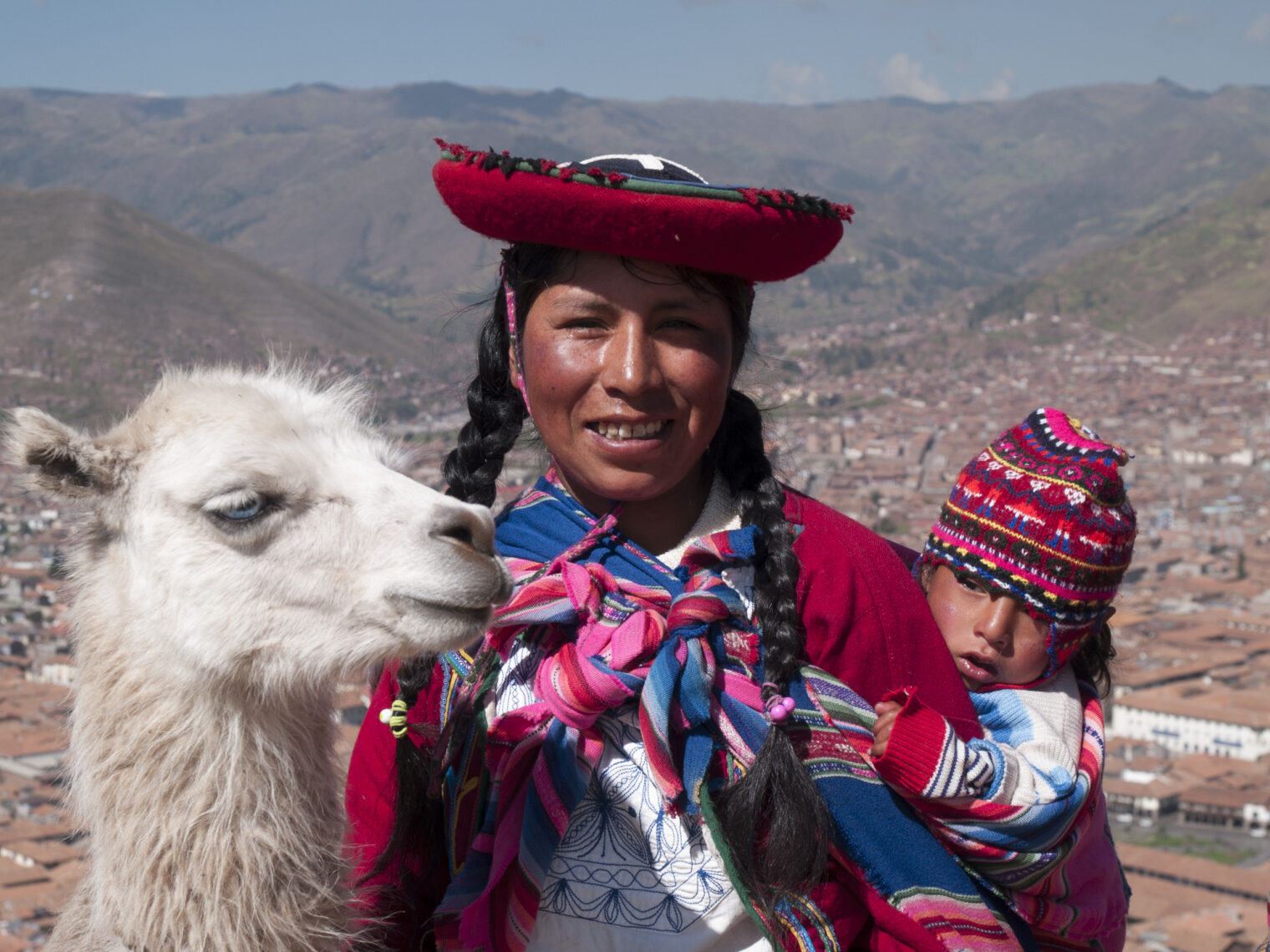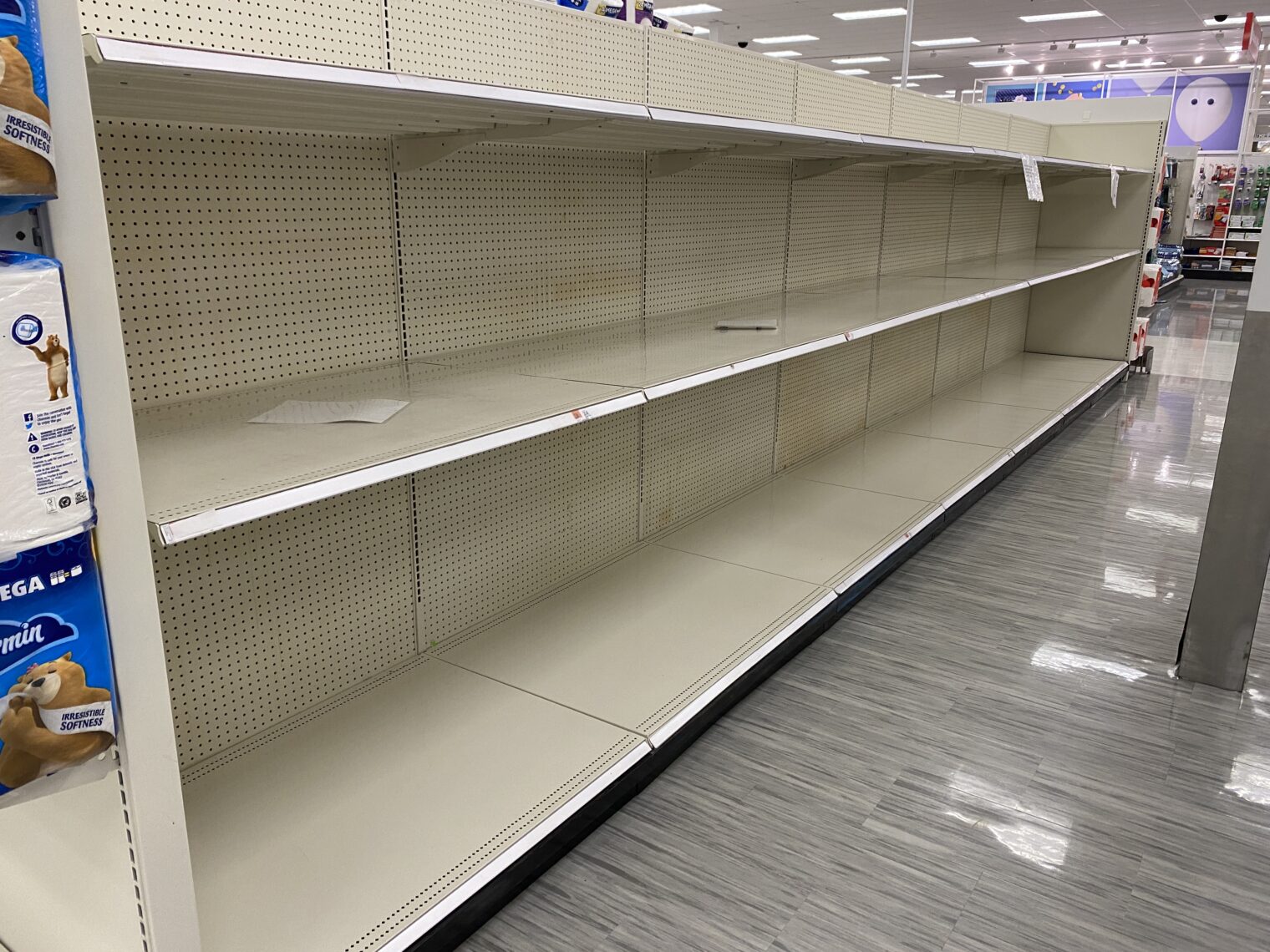From NPR, March 24, “I’m An American Stuck In Peru — Glad To Be On Lockdown To Avoid COVID-19”:
Peruvian President Martín Vizcarra had just declared a total quarantine for 15 days, halting all air and land transportation, even taxis. With fewer than 150 cases of coronavirus identified at the time, the Andean country was immediately going into lockdown to stem the spread of the virus. … We have followed the daily White House briefings, where U.S. leaders often insisted what a great job they were doing but stopped short of announcing a national lockdown. … By contrast, on Friday in Peru, President Vizcarra addressed his nation in a speech that sent his popularity skyrocketing. He insisted on the urgency of the quarantine, then chastised those Peruvians who disregarded it and the local authorities who didn’t enforce it “with the strictness this situation requires.” … In the next few days, TV news showed images of residents on their apartment balconies cheering on police and public health enforcers in the streets. … Peru’s swift shutdown of intercity travel is likely to help reduce the spread of the virus. The government’s actions, the nation’s solidarity and seriousness of its approach have raised our hopes that the quarantine will expire as planned on March 31, and the disaster will be controlled enough to permit limited travel for folks like us to return home. … At least the measures here mesh with the lessons The New York Times drew from a study of Italy, the new epicenter of the virus: “that steps to isolate the coronavirus and people’s movement need to be put in place early, with absolute clarity, then strictly enforced.” U.S. infections have surged each day yet the federal government has remained reluctant to impose drastic actions. Other countries such as Italy and Spain have enforced quarantines, but too late to stop COVID-19 from ravaging them. … When we do get out, what scares us most is the life we may encounter when we get to the U.S.
From June, Christian Science Monitor:
Peru set a global example of quick action in the face of COVID-19, implementing a nationwide lockdown March 16, soon after its first confirmed case. The government invested in respirators and hospital beds, and offered bonuses to medical professionals. It designed an economic relief package that not only offered low-interest loans to businesses and helped employers keep workers on payrolls, but also targeted the poor, vulnerable, and self-employed with vital cash transfers.
In other words, the country did everything right thanks to effective leadership. However…
Despite Peru’s lauded response efforts, it now [in June] has one of the world’s longest lockdowns, and the second-highest tally of COVID-19 cases in Latin America, with more than 264,000 cases and more than 8,000 people killed. In the region, Peru ranks only behind Brazil, which has taken a decidedly less deliberate approach to halting the pandemic. Where things went wrong, experts say, was in misunderstanding the dynamics of poverty in a country that has gained “middle-income” status over two decades of growth.
Peru took the same kind of muscular action that was credited with keeping Covid-19 deaths in Laos, Cambodia, and Vietnam to 0. But the virus went in a different direction in Peru, suggesting that humans do not control the virus. The WHO dashboard shows Peru having the world’s highest COVID-19 death rate, having surpassed (female-led) Belgium, Spain, the UK, Chile, the wicked scoffers in Brazil, the unfortunate Italians, the wicked Swedes with their anti-lockdown anti-mask MD/PhDs, and we Americans, so sorely lacking in the national leadership that would intimidate the virus.
Peru has had a lot of problems with drug-resistant tuberculosis. Maybe it is a place where microbes infecting the lungs happens to flourish?
Readers: What do we know about Peru right now? Can it be said that the God of Shutdown is a fickle god and is punishing truly righteous Peruvians for reasons that we will never understand?
Related:
Full post, including comments 